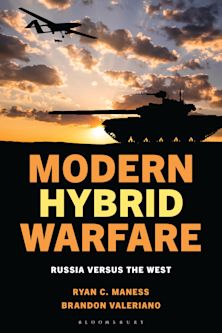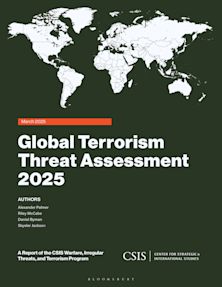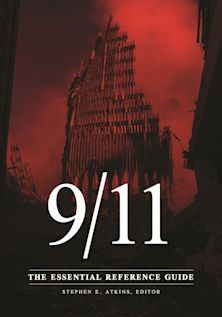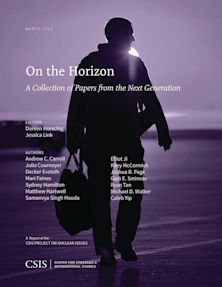Architectures of Security
Design, Control, Mobility
Architectures of Security
Design, Control, Mobility
This product is usually dispatched within 2-4 weeks
- Delivery and returns info
-
Flat rate of $10.00 for shipping anywhere in Australia
Description
Architectures of Security: Design, Control, Mobility examines the relationship between architecture, security, and technology, focusing on the way these factors mutually constitute a “ferocious” architecture-an architecture, aesthetic, or design that is violent, forcing the performances and practices of sovereign power and neoliberalism. The text provides examples from urban spaces in both the global north and south, which discipline the mobility and movement of populations, as well as reinforce socioeconomic cleavages. From borders and borderlands, to airports, museums, and public buildings, the authors portray often inhumane examples of sovereign power.
Table of Contents
Part I: Design, and Security
2. Natalie Rowe, View as Narrative: The Built Environment as a Social Model for Individuals with Dementia
3. Can E. Mutlu, Aesthetics of Security: (Re)designing the Sandy Hook School Building
4. Mahdi Tourage, Curated Memory: Notes on Toronto's Agha Khan Museum
Part II: Control and Security
5. Adam Nowek, An Architecture of Control: Spatial and Digital Methods of Social Sorting in the Dutch Built Environment
6. Miguel de Larrinaga, The Spaces of Teargas and Contentious Politics
7. Leopold Lambert, The Politics of the Bulldozer
8. Thomas N. Cooke, Security, Circulation and Noise in Pearson International Airport
Part III: Border Security and Mobility
9. Jennifer Mustapha, Border security legislation and the construction of uncertain spaces: the case of Bill C-23
10. Benjamin Muller, iBorders: Beautiful and Ferocious Architecture at the Canada/US Border
11. Daniela Johannes, Transborder Immigrant Tool: Re-structuring U.S.-Mexico Border Assemblages
12. Afterword by Ronald Rael or Eyal Weizman - TBC
Contributors Notes
Glossary of terms
Product details
| Published | 18 Nov 2024 |
|---|---|
| Format | Hardback |
| Edition | 1st |
| Extent | 182 |
| ISBN | 9781786612229 |
| Imprint | Rowman & Littlefield Publishers |
| Illustrations | 1 BW Illustration |
| Dimensions | 229 x 152 mm |
| Series | Geopolitical Bodies, Material Worlds |
| Publisher | Bloomsbury Publishing |
Reviews

ONLINE RESOURCES
Bloomsbury Collections
This book is available on Bloomsbury Collections where your library has access.


































